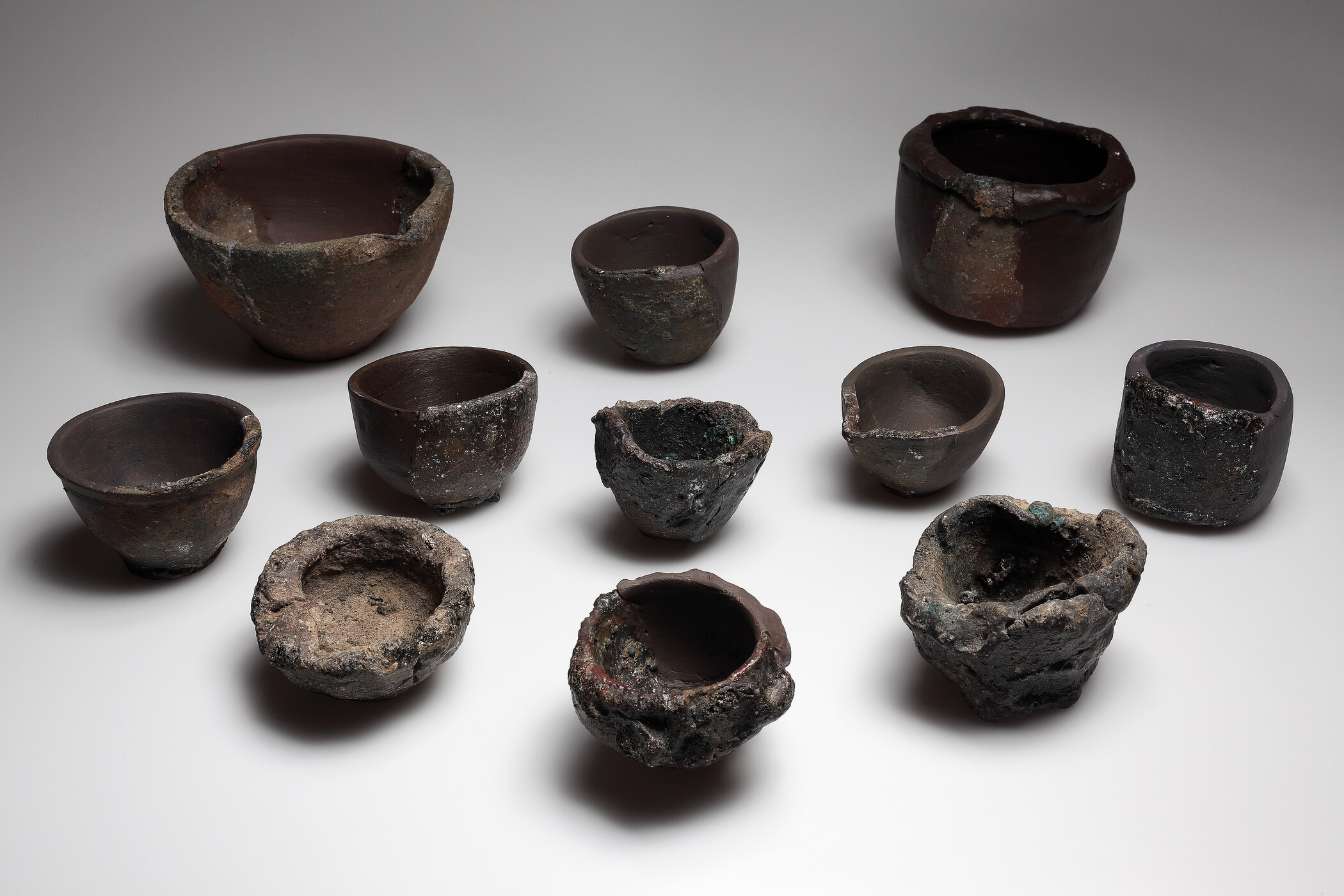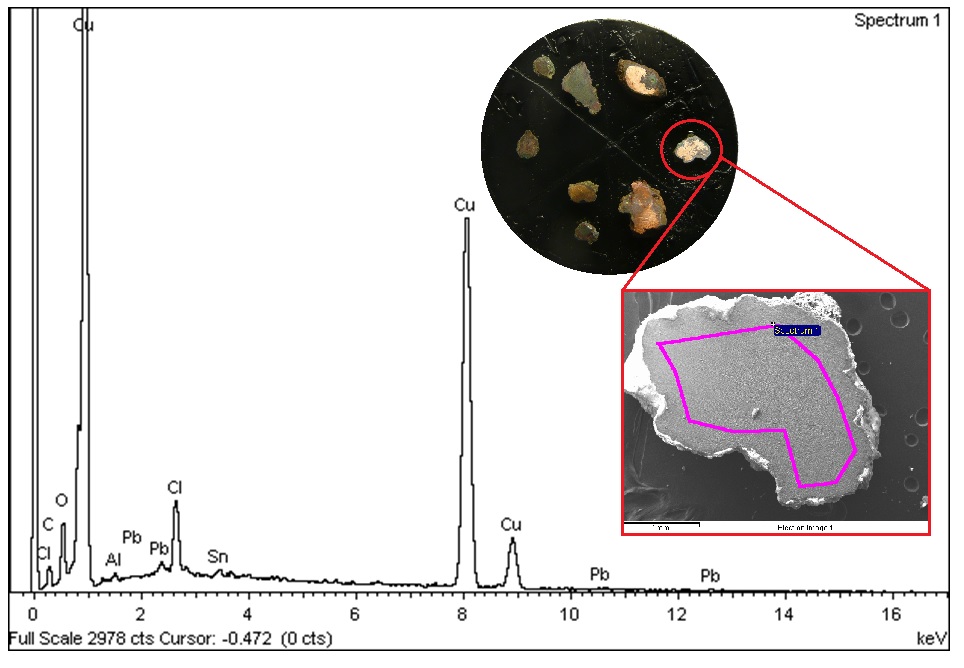Non-Ferrous Metallurgy in Byzantine Ephesos
As part of the project, metal working production sites in the Byzantine city of Ephesos are being studied both archaeologically as well as with the natural sciences. The study of the material remains of metal workers and their workshops provide information regarding the commercial and social life of the city. Several written sources report about the presence and work of metal craftsmen such as copper and silver smiths in the ancient city of Ephesos; a noteworthy example is the famous uprising of the silver smiths against Paul (Acts 19, 23).
Project description
The research project is focused on the topic of urban non-ferrous metal processing; the finds that can be connected with such activities largely come from find sites within the city. These will be evaluated in cultural and historical as well as natural scientific and fine forging regard. The chronological time frame encompasses the 4th through 10th century CE due to the dating of the finds and their find circumstances. The research is primarily concentrated on the metal working production centers of the early Byzantine period in the Terrace House 2 although other sites that are mainly located in the upper city also receive considerable attention. The aim is to characterize the properties of these production sites and to define their role in the urban living environment.
Find material
The finds (a total of more than 800 objects) include various fragmentary or even fully preserved crucibles, molds, semi-finished products, the metal slag of workshops, and various iron fragments that can be interpreted as the tools of the metal workers. These will be classified and evaluated according to the traditional antiquarian method, however, the the production and technological aspects will be the focus. The molds that have preserved the negative impression of the originally produced goods will be emphasized because this permits the identification of the production range. Moreover, the research is focused on scientific analyses of crucibles that even exhibit fused metal residue.
Petrographic analysis of Byzantine crucibles from Ephesos
Petrographic studies of the early Byzantine crucibles permit a technological assessment of these melting containers regarding their heat resistance and thermodynamic properties. A comparison of the composition of locally produced ceramic coarse wares and crucibles illustrates a possible interaction between clay and metal working craft sectors.
The specific requirements for crucibles that permit the controlled melting of metals raise the question whether the clay had a specially tailored compositions for their production. Comprehensive petrographic comparative data on Ephesian ceramic coarse and table wares but also geological reference groups are excellently suited in order to clarify this.
Shape, technology, and function
The detailed characterization of the clay used for the production of crucibles will further also demonstrate whether correlations exist between the clay composition and the metals processed in the crucibles. In this regard the preserved metal residue was studied through the scanning electron microscope in the VIAS-laboratory.
The coating of some crucibles with n additional outer layer of clay that was likely applied by hand is remarkable. One of the important functions of this layer was likely to retain the fluid state of the metal for a longer period of time. The expected results of the archaeometric analyses could aid in better understanding the production processes of the crucibles but could also establish possible interactions between two different crafts sectors.
Principal Investigator
- Falko Daim (dissertation adviser)
Cooperations
Duration
since January 2014
Funding
- Doctoral Scholarship of the RGZM
- OeAW-OeAI (thin section analysis)

